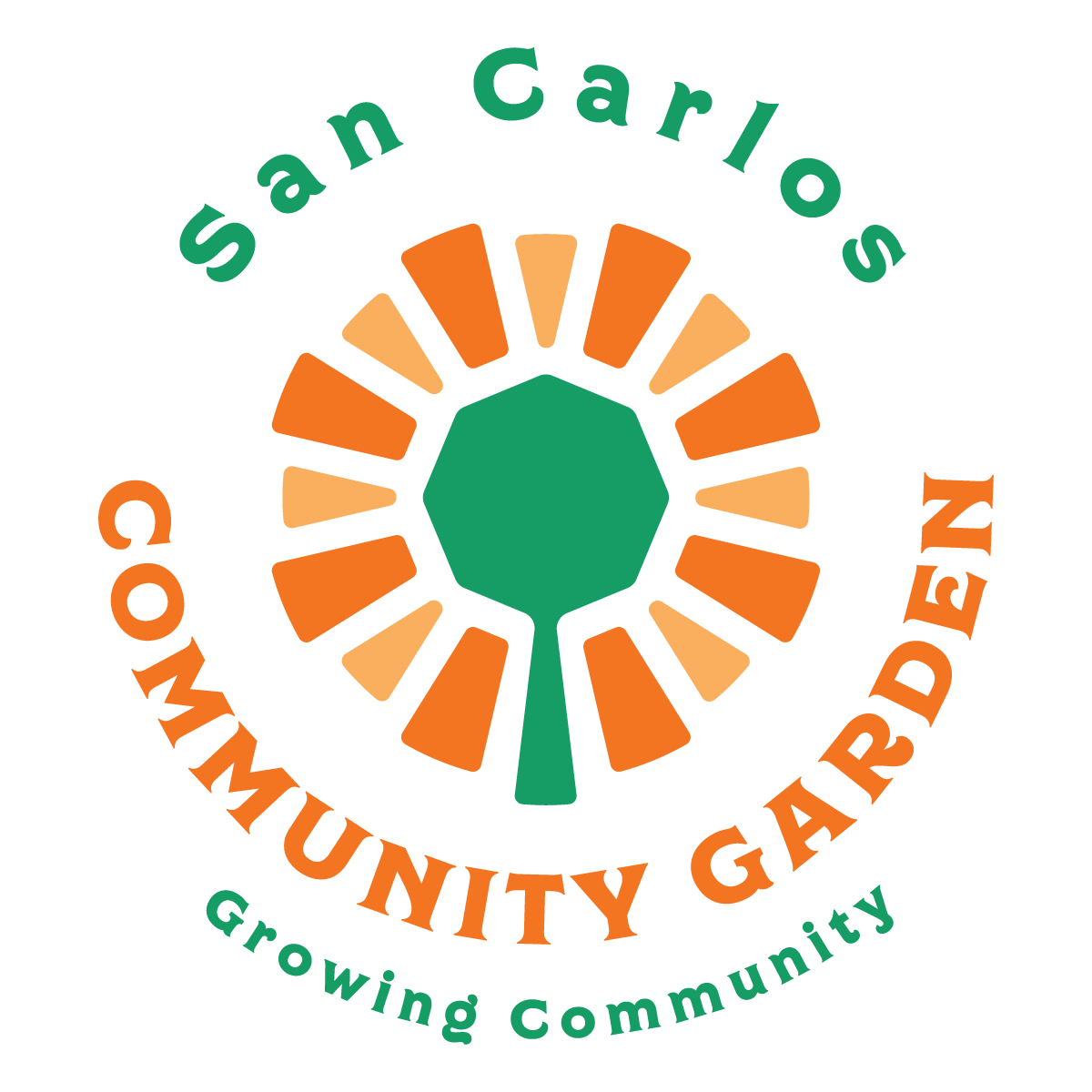Easy Ways to Help Monarchs This Winter
By Mairs Ryan, San Carlos Community Garden Volunteer
San Diego is an important overwintering destination for thousands of western monarch butterflies, which arrive in the fall after migrating from as far as Arizona, New Mexico, and other areas west of the Rocky Mountains.
Monarchs work year round. Even while roosting in our local trees, they come down in search of nectar. The least we can do is provide them with a continuous nectar buffet. There are several ways to achieve this.
One method that is effortless is to simply allow vegetables to go to flower. Seasonal plants like lettuce, spinach, brassicaceae, even carrots form flowers when they have passed their prime. An example is the common onion plant whose flower is a Monarch’s favorite meal. Instead of digging your old veggies up or chopping them back, let their flowers feed the pollinators.
Tip: Let your seasonal vegetables flower. Shown here are potted green onions that have bloomed.
Another way to serve up meals to the pollinators is to use natives. Providing plants indigenous to our region is a win-win. Natives will soar in our climate, require less water and perform for months at a time; the pollinators will delight in this reliable nectar source. Perennials such as sage, monkey flower and seaside daisy can bloom most of the year. Native annuals such as the California poppy, clarkia and lupines are spring bloomers but can be sown in late fall. Once established they will return year after year.
Tip: In your garden, use native annuals, such as California poppy (shown), clarkia and lupines.
Tip: Monarchs also love Seaside Daisy - a native perennial. Photo courtesy of San Diego Pollinator Alliance (click on image to see full video).
Research nectar-rich natives at the regional nurseries, keeping in mind the size of your garden space. There are many natives suitable for garden beds or pots, including the smaller sages, monkey flower, seaside daisy and bladder pod. Visit local community gardens throughout the seasons to observe the bloom times and their accompanying pollinators. San Carlos Community Garden hosts open hours on Saturday mornings, has a dedicated pollinator garden, and a variety of events are listed on their website. La Mesa’s Community Garden also hosts informative events for gardeners.
The Resource Conservation District of Greater San Diego County has put together a map of pollinator gardens in San Diego County.
Click on image to find a dedicated pollinator garden near you!
Want more info on how to help save Monarchs? Check out our other articles:





